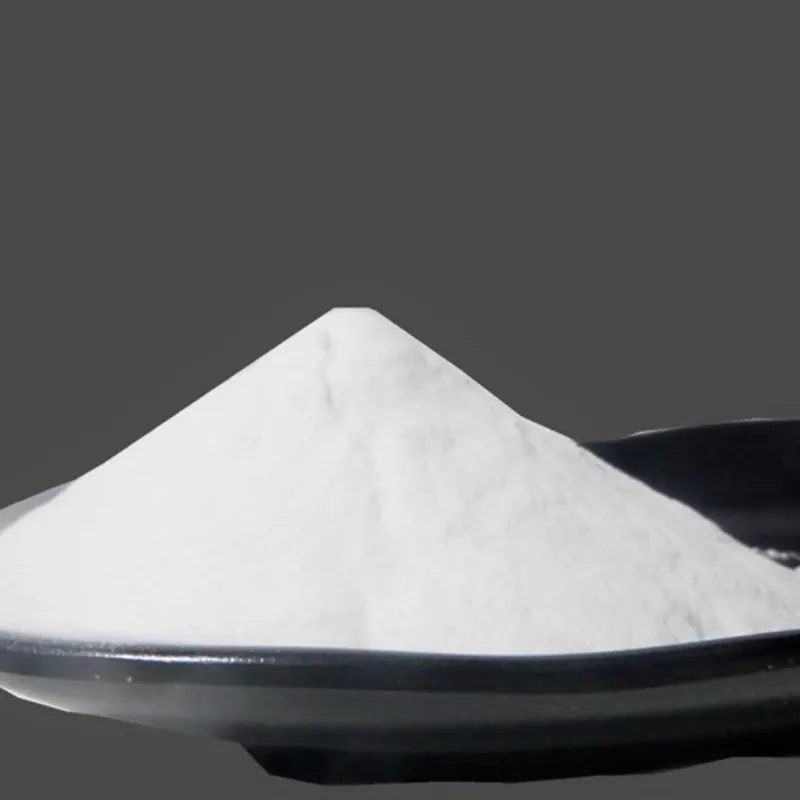
direct and indirect food additives
Direct and Indirect Food Additives Understanding Their Roles in Food Safety and Quality
Food additives have been a critical component in food production and preservation for centuries. They can be categorized into two main types direct and indirect food additives. Understanding their roles, applications, and regulatory status is essential for consumers, manufacturers, and policymakers alike.
Direct Food Additives
Direct food additives are substances that are intentionally added to food products to enhance flavor, appearance, texture, or shelf life. Common examples include preservatives like sodium benzoate, color additives such as annatto, and flavor enhancers like monosodium glutamate (MSG). These additives are incorporated into the food during manufacturing or processing and are listed on ingredient labels.
The primary purpose of direct food additives is to ensure food safety and quality. For instance, preservatives inhibit the growth of harmful microorganisms, prolonging the product's shelf life and preventing foodborne illnesses. Color additives enhance the visual appeal of food, making it more enticing for consumers. Flavor enhancers can improve taste, leading to higher consumer satisfaction.
However, the use of direct food additives is regulated by food safety authorities such as the Food and Drug Administration (FDA) in the United States or the European Food Safety Authority (EFSA) in Europe. These organizations evaluate the safety of additives before they can be marketed and ensure that they are used within established limits to protect public health.
Indirect Food Additives
direct and indirect food additives

In contrast, indirect food additives are substances that may unintentionally migrate into food during processing, packaging, or storage. These additives are not intentionally added but can be present due to the materials that come into contact with food. Examples include chemicals released from packaging materials, such as bisphenol A (BPA), which can leach into food products.
The safety of indirect food additives is also a concern, as their presence can pose health risks. Regulatory agencies closely monitor the materials used for packaging and food storage to minimize the risk of contamination. For instance, strict guidelines are established regarding the types of materials that can contact food products and the conditions under which they can be used.
Balancing Benefits and Risks
The ongoing debate surrounding food additives often centers on the balance between their benefits and potential risks. While direct food additives play a vital role in enhancing food safety and quality, the presence of indirect food additives raises questions about potential health effects. Toxicological studies and risk assessments are crucial for establishing guidelines and ensuring consumer safety.
As consumers become increasingly health-conscious, there is a growing demand for transparency in food labeling. Many people seek to avoid certain additives, prompting manufacturers to reformulate products with fewer or no additives. This shift reflects a broader trend towards natural and organic foods, emphasizing the importance of understanding both direct and indirect food additives in our diet.
In conclusion, direct and indirect food additives play significant roles in the modern food industry. While they contribute to food safety, quality, and preservation, the complexities of their use underscore the need for careful regulation and consumer awareness. As we continue to navigate the food landscape, understanding additives will empower consumers to make informed choices about what they eat.
-
Sodium Dichloroisocyanurate Safety Handling ProtocolsNewsJul.29,2025
-
Mining Chemicals for Copper Extraction Processes GuideNewsJul.29,2025
-
Fertilizer for Sale Shipping and Storage TipsNewsJul.29,2025
-
Dimethyl Disulfide as Sulfurizing AgentNewsJul.29,2025
-
Benzotriazole Safety Data Handling and Storage GuidelinesNewsJul.29,2025
-
Ammonium Bicarbonate Safety Handling Storage GuidelinesNewsJul.29,2025
-
The Transformative Role Of Trichloroisocyanuric Acid in Water TreatmentNewsJul.23,2025
Hebei Tenger Chemical Technology Co., Ltd. focuses on the chemical industry and is committed to the export service of chemical raw materials.
-

view more DiethanolisopropanolamineIn the ever-growing field of chemical solutions, diethanolisopropanolamine (DEIPA) stands out as a versatile and important compound. Due to its unique chemical structure and properties, DEIPA is of interest to various industries including construction, personal care, and agriculture. -

view more TriisopropanolamineTriisopropanolamine (TIPA) alkanol amine substance, is a kind of alcohol amine compound with amino and alcohol hydroxyl, and because of its molecules contains both amino and hydroxyl. -

view more Tetramethyl Thiuram DisulfideTetramethyl thiuram disulfide, also known as TMTD, is a white to light-yellow powder with a distinct sulfur-like odor. It is soluble in organic solvents such as benzene, acetone, and ethyl acetate, making it highly versatile for use in different formulations. TMTD is known for its excellent vulcanization acceleration properties, which makes it a key ingredient in the production of rubber products. Additionally, it acts as an effective fungicide and bactericide, making it valuable in agricultural applications. Its high purity and stability ensure consistent performance, making it a preferred choice for manufacturers across various industries.











